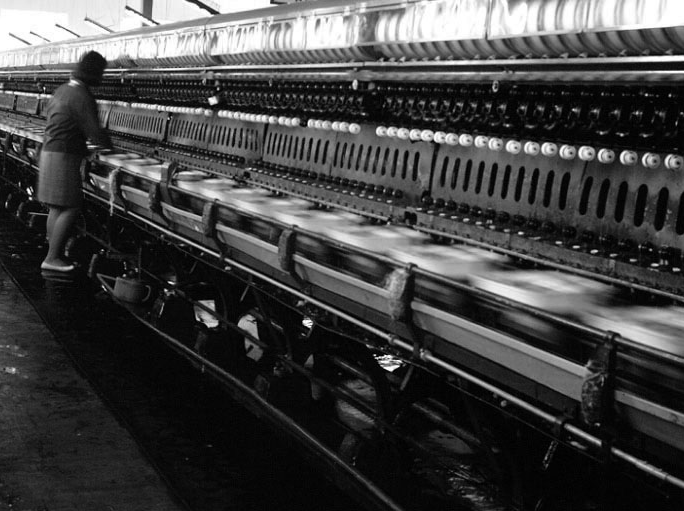HK$ 0
The process of producing suiting fabrics involves several stages. Here are the steps involved:
1. Yarn Spinning: The first step is spinning raw cotton or wool fibers into yarn. This process includes carding, spinning, twisting, skeining, and winding.
2. Weaving: In this step, the yarns are woven on a loom into a fabric. The process of weaving involves interlacing warp and weft yarns at right angles to create different weave patterns.
3. Dyeing: Once the fabric is woven, it is dyed in different colors using natural or synthetic dyes. The dyeing process can be done in various ways, such as vat dyeing, roller dyeing, or jet dyeing.
4. Finishing: The final step involves finishing the fabric to achieve desired texture, softness, and sheen. The finishing process includes washing, brushing, or ironing the fabric to give it a smooth finish.
5. Tailoring: Once the fabric is produced, it is then cut and tailored into suits or other garments. The tailoring process involves pattern-making, cutting, sewing, and finishing.
Overall, the production of suiting fabrics is a complex process that involves several stages to produce high-quality and durable textiles.

in Our blog
